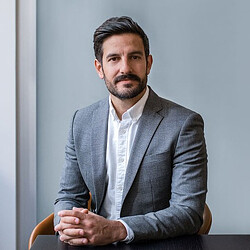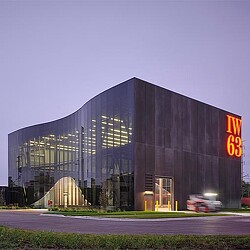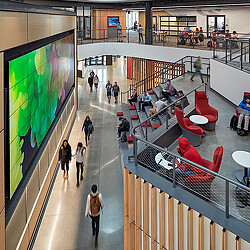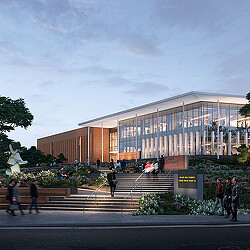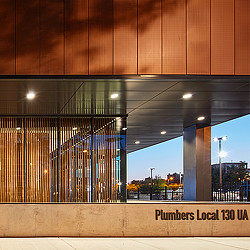Blueprint for Change: How Modern Training Centers Are Redefining the Trades
With thoughtful design, modern training centers for skilled trades are reshaping perceptions of vocational education.
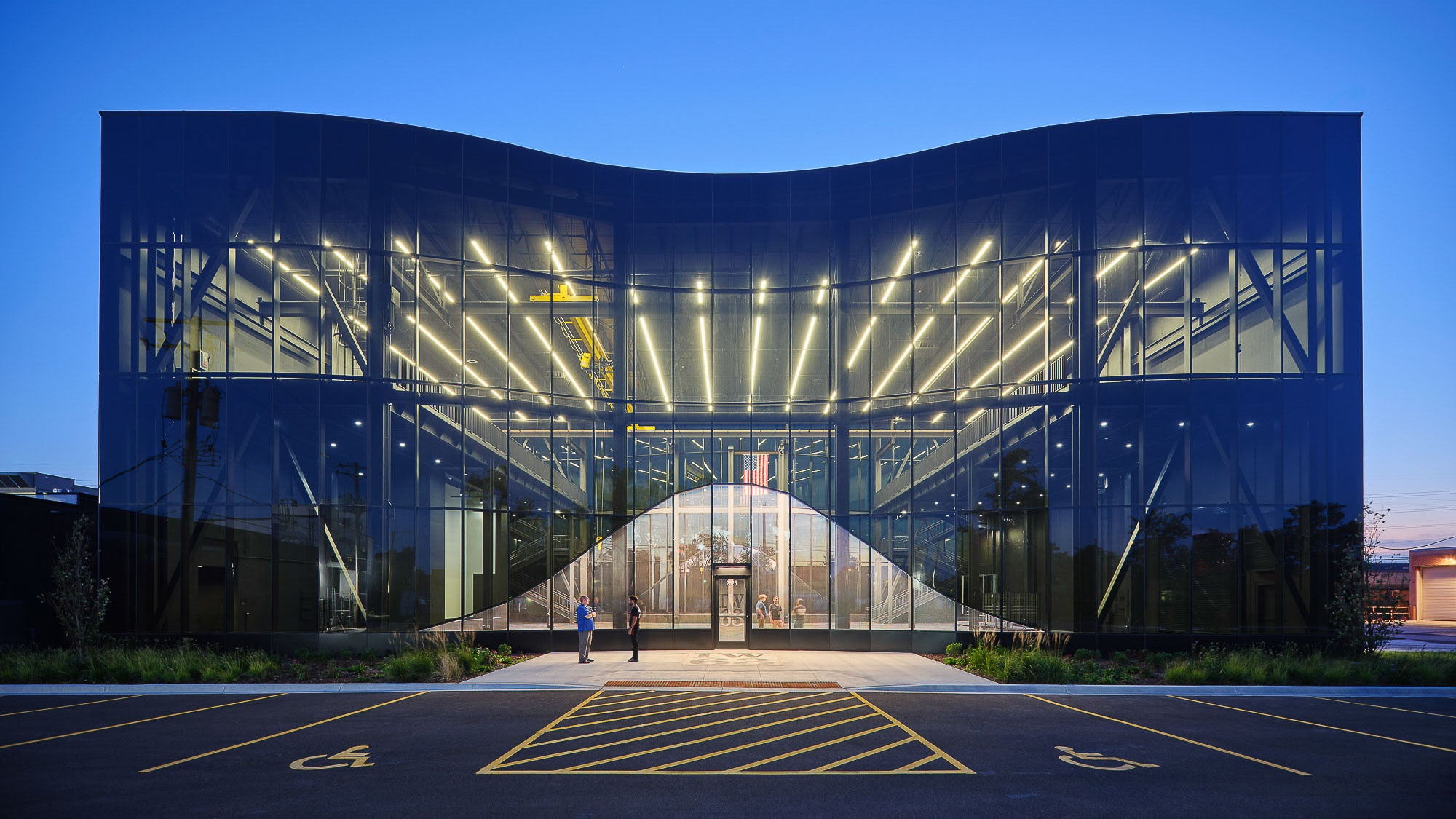
For much of the late 20th century, the path to prosperity seemed clear: a four-year college degree was the gold standard for professional success and financial stability. But over time, rising tuition costs, shifting market demands, and increased globalization began to challenge that assumption. While college enrollment remained the default expectation, interest in skilled trades, like construction, manufacturing, and ironworking, waned, contributing to today’s significant labor shortages in these essential fields.
Now, that narrative is changing. Enrollment at vocational public institutions is on the rise, fueled by intentional outreach, stronger community partnerships, and a new generation of facilities that reflect the high-tech, high-impact nature of modern trades.

Designing for the Future
For centuries, universities have designed campuses to build loyalty, inspire ambition, and attract the best students. Now, trade organizations are embracing the same strategies by creating elevated environments that combine technology with tactile, hands-on learning.
Modern training centers play a crucial role in attracting the next generation of skilled professionals. Thoughtfully designed spaces not only showcase the craft, but they also elevate the learning experience through dynamic environments rooted in innovation.
Much like a new building on a college campus, three design strategies are helping stakeholders get the most out of their investments: prioritizing sustainability, promoting wellness, and embracing integrated technology. Together, these principles are redefining how we design for skilled trades, and who sees themselves in them.
The Resilience Revolution
Skilled labor organizations are on the front lines of developing sustainable and resilient technologies, often ahead of the broader building industry. These trades are pushing the boundaries of what’s possible within the built environment and, in some cases, are actively lobbying for more progressive energy and environmental codes within their communities.
Sustainability isn’t a buzzword; it is embedded in the curriculum. Whether it’s HVAC techs installing geothermal systems or ironworkers championing low-carbon steel, skilled trades organizations are innovating in real time. For example, in Chicago, where water conservation isn’t typically top of mind, the Plumbers Local 130 sent a team to drought-stricken Australia to study innovative conservation technologies. The design team leveraged those insights in the design of their 2016 training facility. Despite housing hundreds of active plumbing fixtures used for training, the 55,000-square-foot building uses less municipal water annually than a single-family home.
The Plumbers Local 130 UA Training Center utilizes a rainwater harvesting system that collects and filters water from the roof to operate the training modules. Once used, a filtration system recaptures the water, which can be reused or used to irrigate the surrounding landscape and roof garden. Additionally, the building captures excess heat from its welding booths to preheat the air, significantly reducing energy loads, especially during cold Chicago winters.
As another nod to the plumbing trade, the building features solar panels that generate its hot water needs. Water is heated solely from the sun’s energy passing through magnifying lenses, eliminating the need for traditional heaters or boilers. With numerous sustainability practices in play, the Local 130 Training Center functions as a living lab, preparing Chicago’s next generation of plumbers while promoting resilience throughout the broader market.

Wellness That Works
Across Chicagoland, 11 unions have banded together to establish a world-class health network serving more than 50,000 members and families. They recognize that providing this benefit is not only the right thing to do, but that healthy workers also build a healthier industry through recruitment and retention.
Seven wellness clinics, strategically located near union neighborhoods, offer primary care, physical therapy, optometry, and even minor emergency services. These clinics were critical during the pandemic, enabling early vaccine access and helping maintain essential job sites.
Designed with warmth and intention, the clinics incorporate reclaimed, familiar materials that reference the trades, including steel, wood, and stone, alongside artwork sourced from union archives. These healthcare spaces feel personalized and dignified, reflecting the pride of the people they serve.

Innovative Infrastructure
In Broadview, Illinois, the Ironworkers Local 63 Training Center offers a new vision for trade education. Designed as a bold statement about the power and artistry of architectural metalwork, the 13,650-square-foot facility makes learning visible, literally.
The building’s signature curved glass façade, inspired by the fluidity of a TIG weld, mirrors the Chicago skyline while celebrating the union’s role in building it. Inside, full-scale training structures take center stage, framed by parabolic glass that illuminates the future of the trade inside. Prominently visible from the adjacent highway, the training center serves as both a beacon for the trade’s future and a testament to the essential role of skilled labor in shaping the built environment.
Within days of opening, the facility hosted an international competition for ironworkers, a milestone that affirmed its role as a hub for the trade and a new symbol for the profession.

These new facilities include spaces for mentorship, social connection, and community outreach, reinforcing the camaraderie and pride inherent within the trades. Even where enrollment is strong, such investments are transforming public perception, recasting the trades as intelligent, sustainable, and future-focused career paths.
For media inquiries, email .

